As National Poetry Month continues, it can sometimes be tempting to look to national or international leading lights when celebrating the power of poetry in our lives. However, the importance of poetic verse is so pervasive and all-encompassing that we can’t afford to forget those poets whose local nature and focus might otherwise obscure their place in this month’s celebrations.
Such is the case with Maria Briscoe Croker, Maryland’s first poet laureate. A local poet with a career spanning several decades, Croker was commissioned as Poet Laureate by Governor J. Miller Tawes in the spring of 1959 at the age of 84. Croker was sanguine about her place as Maryland’s pathfinder Poet Laureate; when asked what the duties of the position were, she simply replied, “I have none. There’s no pay for poet laureate of Maryland.”
Croker’s work reflected her deep Maryland heritage. A relative of John Briscoe, an original colonial settler who traveled to Maryland on the Ark and Dove, Coker often waxed nostalgic about her childhood in Southern Maryland and the New York of the “Gay Nineties” (1890s). Following a ten-year stint living out of state, the poet and her husband Edward settled in Baltimore, where she became a member of several poetic and patriotic groups. Croker was a diehard Orioles fan, never missing a chance to watch them on television (her one “vice,” as she put it).
Yet her civic virtues and her love for her Orioles weren’t what characterized her work. Instead, Croker composed verses celebrating the natural beauty of the state and the importance of its history. Irrespective of the subject areas of her works, what was common to each poem was Croker’s conviction to catch the lightning of her inspiration in the bottle of her verse as quickly as she could:
When I get an inspiration to write a poem, I sit right down and write it. . . I even wrote a poem about the morning star while on the way to the hospital in an ambulance with my daughter when she had her first baby . . .
Croker tackled a variety of subjects. Among her most famous works was “The Constellation,” a poem about Baltimore’s famous warship which was first published in the Baltimore News-Post. Of her works expressing her love for nature, Croker selected On Catoctin, a celebration of God and natural beauty, as a personal favorite. It is transcribed in full below.
“On Catoctin”
O lovely are the distances where peaceful valleys lie,
Blue-walled by mountain ranges, lifting mist-veiled to the sky.
There are corn fields, rich, abundant, and many a happy home,
Green spreading trees and meadows where tranquil cattle roam.
Glowing Golden in the picture are the harvest fields of grain;
Nature’s bounty, gently nurtured, by God’s gifts of sun and rain.
On the mountain tops, at evening, there are gorgeous tints that show
In the sun’s departing splendor – a bright jeweled afterglow.
There is peace upon the valleys—There is peace upon the hills,
A Heaven-sent benediction that my restless spirit stills.
And I know the great Creator, through the works of His own hand
Speaks a message in His beauty that my soul may understand.
Though she passed away only three years into her tenure as Poet Laureate, Croker left a valuable legacy for her successors to live up to. Croker understood that irrespective of subject, poetry had a deeply spiritual impact on the soul:
[Poetry]’s a great influence for good . . . Poetry lifts you out of the sordidness of everything. My collection of books of poems transports me into a world of beauty and kindness.
More information about Maria Briscoe Croker and other local poets, both Poets Laureate and otherwise, can be found in the Maryland Room of the Enoch Pratt Free Library in Baltimore.
Citations
Muriel Dobbin, “Maryland’s Poet Laureate,” Baltimore Sun, May 10, 1959.
Joyce Lewis, “Poetry is Advised as Spiritual Aid,” Baltimore American, May
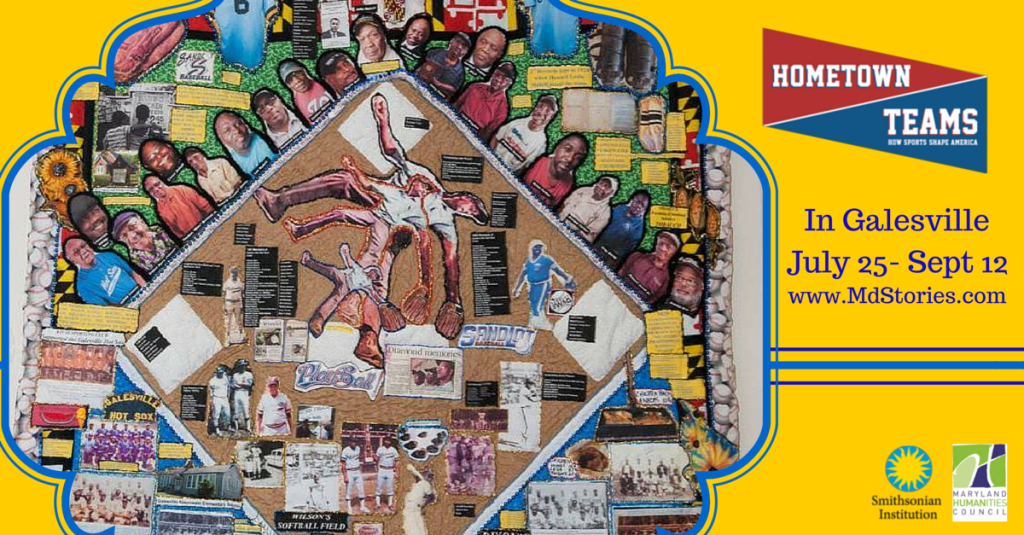



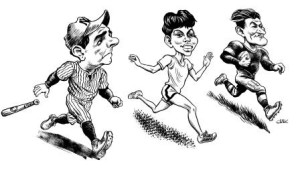
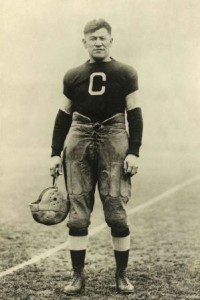 (MHC) How did you research Thorpe and prepare for your performance?
(MHC) How did you research Thorpe and prepare for your performance?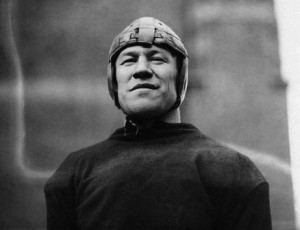
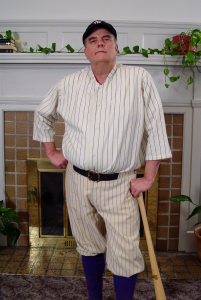 (MHC) How did you research Ruth and prepare for your performance?
(MHC) How did you research Ruth and prepare for your performance?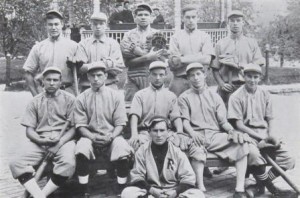
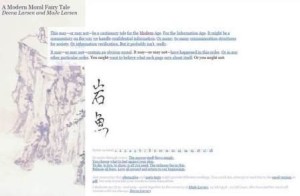 early electronic literature community. Among the materials are the unpublished or first-edition works of Larsen and multiple other authors.
early electronic literature community. Among the materials are the unpublished or first-edition works of Larsen and multiple other authors.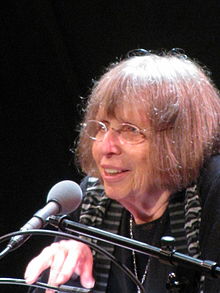 Linda Pastan:
Linda Pastan: